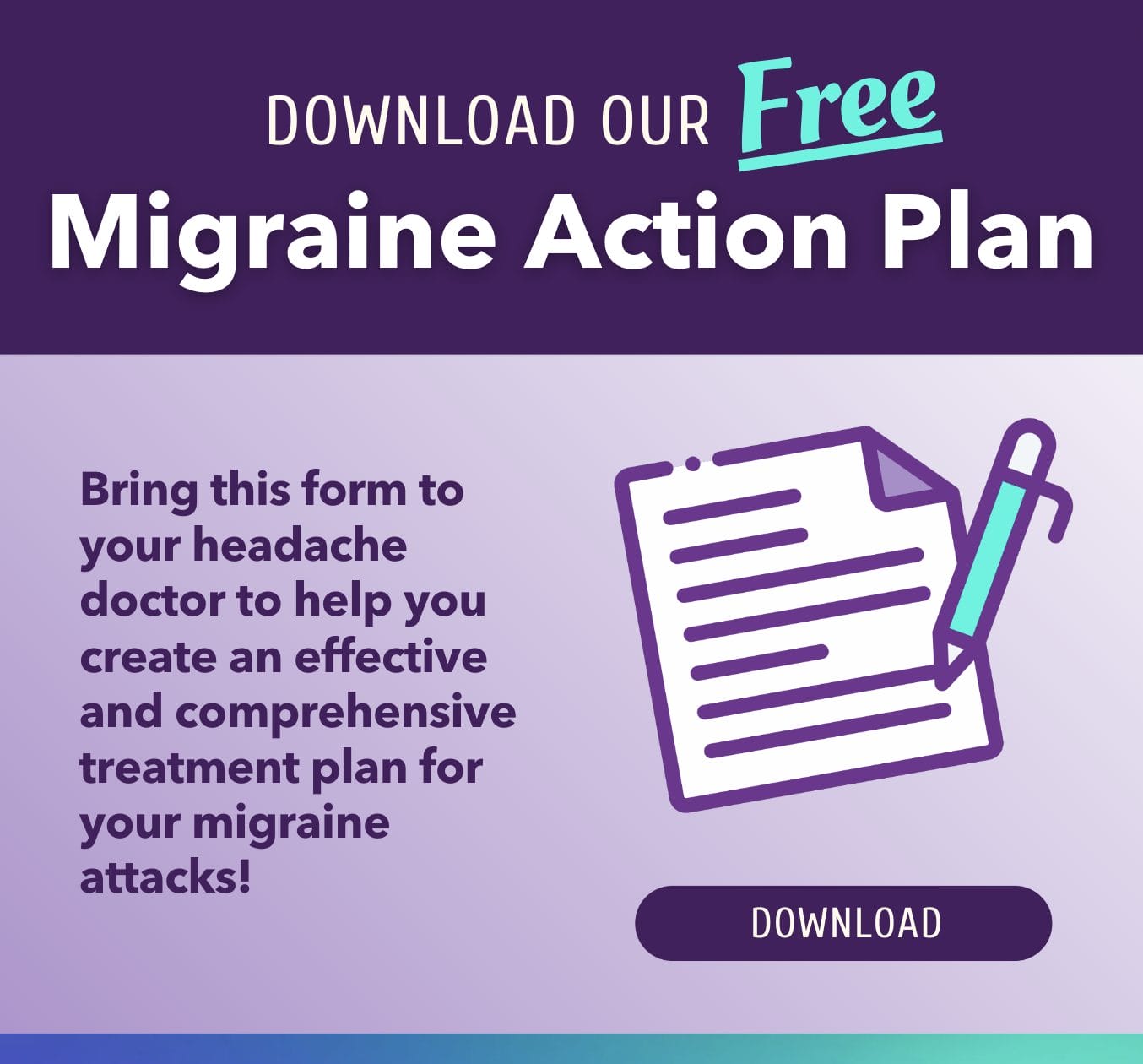Preventing migraine attacks is part of a comprehensive treatment plan. The good news is that it is not too late to begin a preventive treatment plan, even if you already have chronic migraine. It's always better to prevent migraine attacks than to treat them once they've begun. Finding the right combination of prescription medications, non-invasive medical devices, lifestyle changes, over-the-counter tools, and integrative treatments to prevent attacks is key. This may take some trial and error, so we encourage you to explore our website for resources and to work closely with your medical team to find the preventive treatment options that work best for you. Download our free Preventive Care Action Plan to learn more.
Why Preventive Treatment Is Important
Many people are unaware when diagnosed with migraine that this is a complex neurological disease that can worsen over time, or chronify. As a result, it is possible to progress from low frequency episodic migraine to high frequency episodic migraine and then to chronic migraine. As migraine chronifies, attacks become more likely and also often harder to treat, creating a vicious cycle. Preventing chronic migraine isn’t always possible, but there are many steps one can take to mitigate its progression. Appropriate, timely, and effective preventive treatments are the key to minimizing the risk of chronification.
When to Consider Preventive Treatment
It can be challenging to keep track of how many migraine days and attacks we have each month or even each week. Our symptom days may blur into each other, and we don’t even realize if and when our attacks increase in frequency. If your attacks are becoming more frequent, symptoms are changing or worsening, your quality of life is affected, or you’re taking too many attack-based medications, it may be time to update your management plan to include preventive treatment.
Have a Preventive Action Plan
Migraine is a disease that can chronify (worsen), so it’s important to know the signs for when preventive treatment is appropriate. It’s also important to have a Preventive Action Plan (PAP) in place. A PAP is like a road map for treatment communication and care planning. The PAP should include which treatment options to take, how much to take, and when to take them. You and your doctor will work together to develop a treatment plan that will guide your self-management of preventing and treating migraine attacks.
Build a Preventive Treatment Toolbox
Taking a "toolbox" perspective on migraine treatment can help you manage migraine more effectively. Using this perspective, you develop a personalized mix of treatment tools with your doctor. The treatment may not only prevent episodic migraine from becoming chronic, but it may also allow people with chronic migraine to go back to being episodic, thereby improving their quality of life. Tools in your personalized toolbox may include a combination of medications, non-invasive medical devices, lifestyle changes, supplements, and integrative treatments.
Download the Preventive Care Action Plan
Bring it to your next doctor's appointment and ask your doctor which options would be good to add to your personal migraine treatment toolbox.





